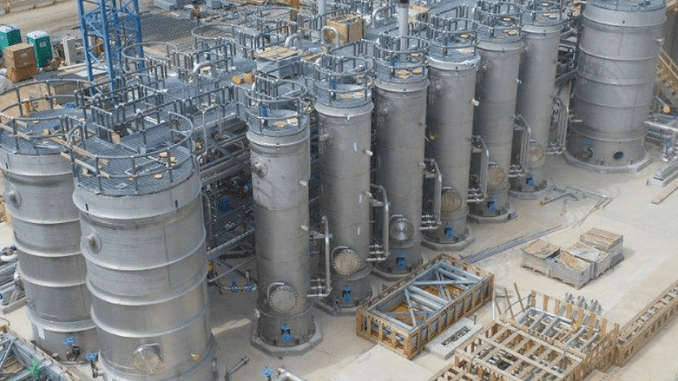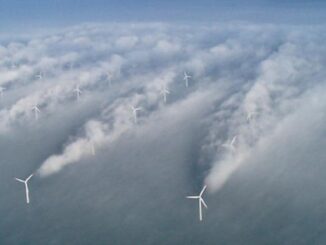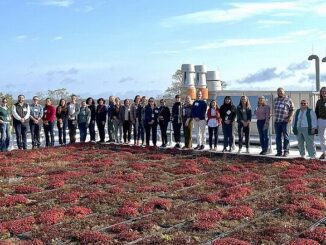
WASHINGTON, DC, February 23, 2022 (ENS) – Maryland’s clean energy program has major components that are both environmentally counterproductive and excessively costly to ratepayers, finds a report released this week by Public Employees for Environmental Responsibility, PEER. The DC-based nonprofit supports current and former public employees who seek a higher standard of environmental ethics and scientific integrity within their agencies.
Maryland’s definition of what counts as clean, renewable energy includes highly polluting sources that accelerate climate change and spew toxins into the environment.
In 2020, about 25 percent of Maryland’s so-called “clean energy” under the state’s Tier 1 Renewable Portfolio Standard came from dirty sources, such as municipal solid waste burned to produce electricity and woody biomass or debris burned in power plants and paper mills.
“Maryland needs to clean up its renewable energy program,” says PEER Executive Director Tim Whitehouse, observing that between 2008 and 2030, Maryland ratepayers will spend about a half-billion dollars subsidizing dirty energy sources under the state’s Renewable Portfolio Standard, RPS.
“Even worse, these phony renewable credits are a double whammy on the environment since they enable energy providers to use more coal gas by purchasing dirty energy credits, thereby subsidizing additional energy sources that pollute our air and water,” Whitehouse explained.
“When we pay our electricity bills, we should be able to trust that the premium we pay for renewable energy is actually reducing pollution, not subsidizing it,” said Jennifer Kunze, Maryland Coordinator at Clean Water Action. “Giving polluters extra profits with public money is holding Maryland back from the urgent action we need to fight the climate crisis.”
As an example, the Maryland RPS program “spent millions of dollars on a Virginia biomass facility that is too dirty to qualify for Virginia’s own recently-enacted RPS,” said PEER.
PEER objects to the fact that the state of Maryland, “supports a trash incinerator in Fairfax County, Virginia that is one of the top sources of pollution in the Washington, DC metro area, and trash incinerators in Montgomery County and Baltimore that local leaders want closed because of the pollution they cause.”
Maryland also allows credits for burning “biomass gas” from DC’s Blue Plains wastewater treatment plant, which makes fertilizer from sewage sludge with extremely high levels of toxic per- and polyfluoroalkyl substances, PFAS, Whitehouse says.
In addition, most of these RPS facilities are located outside of Maryland, and they provide no energy to Maryland energy suppliers.
Adding customer insult to environmental injury, for every dollar a utility saves by selling credits to Maryland, Maryland’s ratepayers must pay a dollar more on utility bills, plus whatever markups suppliers choose to tack on.
PEER is calling upon Maryland Governor Larry Hogan, a Republican, as well as Senate President Bill Ferguson and House Speaker Adrienne Jones, both Democrats, to work together to remove all dirty energy sources from the RPS.
In 2020, Maryland took only the first step in that direction by removing from its RPS program black liquor, a sludgy byproduct of the pulping process that paper mills burn to power their operations.
“This research underlines a stark reality: Maryland ratepayers’ renewable energy money is being used to prop up polluters,” says Food & Water Watch Maryland Organizer Lily Hawkins. “By cleaning up Maryland’s Renewable Portfolio Standard, we can redirect consumer dollars to truly clean energy sources that create, rather than export, new jobs in Maryland.”
Featured image: The Blue Plains wastewater treatment plant in Washington, DC as sludge thermal hydrolysis reactors were being installed. January 1, 2013. (Photo courtesy U.S. Environmental Protection Agency)
© 2022, Environment News Service. All rights reserved. Content may be quoted only with proper attribution and a direct link to the original article. Full reproduction is prohibited.



